a long time it was quiet around the virtual reality. That changed at the latest with the omnipresent Oculus Rift. The solution has now been purchased by Facebook, so that the social network now with the virtual reality theme mitmischt. The Virtual Reality solution from Sony called Project Morpheus as well as a current push by Samsung help the technology to a renaissance. Renaissance because the projects mentioned are merely the spearhead of a development that began in the middle of the twentieth century.
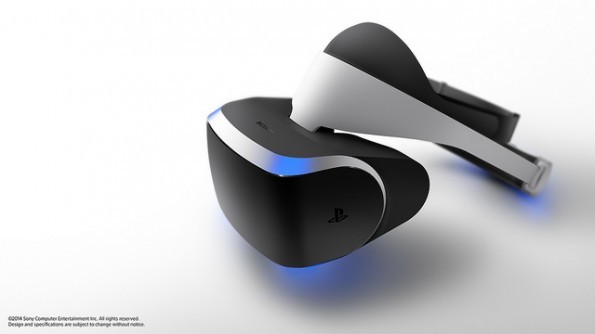
definition of Virtual Reality
Strictly the history of virtual reality begins with the first computer-generated graphics. Today is meant by the term virtual reality, however, computer-based simulated environments that give the user the feeling that he is physically located in a virtual world. Traditionally, it is – at least so far – but only to visual experiences that are mediated either on a screen or on stereoscopic displays. However, there are also virtual reality technologies, delivering any additional stimuli. Most commonly it involves ambient noise, but also systems that provide haptic feedback, can be found.
Virtual Reality is, among others, in the areas of gaming, research, medical, military, city planning, museum education and telepresence communication used.Virtual Reality is not new
In the past, virtual reality again predicts that the technology was close to a breakthrough. Many failed prototypes and products show that the time the technology was not yet ripe.
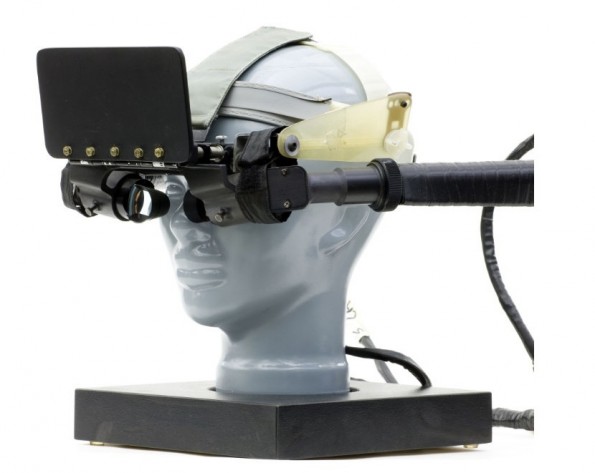
One of the first prototypes that are close to the present-day definition of virtual reality is likely to be in 1962 presented Sensorama. This was a kind of theater where short films were shown who responded more sense in addition to the visual experience. For the same year the Color Viewing Helmet comes. This is a prototype that has been researched in the Harvard in the field of Virtual Reality.
1968 then followed by the first VR goggles by Ivan Sutherland. In 1978, the MIT with the Aspen Movie Map an ancestor of Google Maps before. It was a virtual tour of Aspen, Colorado“The early phase of Virtual Reality: Especially for geeks.”.
It was in these early attempts at walking in virtual reality still pretty freaky to research projects, the term Virtual Reality late 80s moved more in the public eye. The main reason was Jaron Lanier, founder of VPL Research. His company built among other VR goggles and associated data gloves – Lanier is one of the pioneers of the modern field of virtual reality. In the 90 years it actually came past hardly on Virtual Reality theme. For a few years, it really looked as if the technology break into the mass market. Quite a few people summoned already the end of the classic television and conventional screens up. The prognosis was: It is not unreasonable that HMD will have the screen completely replaced in a few years – a situation that is not at the present so dissimilar.
The 90s: Boom virtual reality
people with a passion for gaming, who can remember the 90s, these days often have a feeling of deja vu. Several video game companies then tried to jump on the virtual reality train and actually brought products to market. Sega released in 1988, the SegaScope for the Sega Master System. The product was a moderately successful 3D glasses for the home console of the company, while not falling from today’s perspective in the virtual reality category, but for that time was one of them.
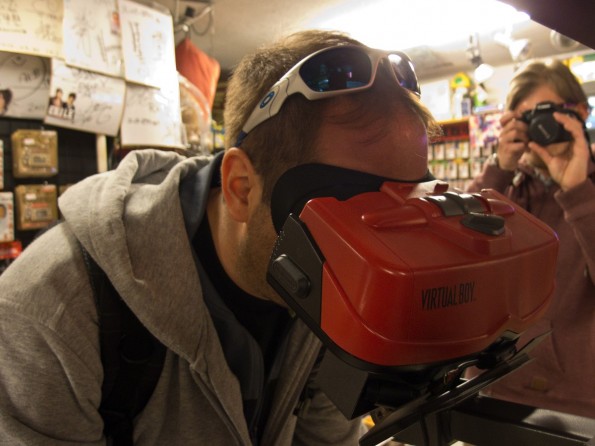
The most famous VR-product of the decade is the Virtual Boy from Nintendo. The Japanese have a remarkable history as pioneers of new input technologies. So gamers owe the company, for example, with the D-pad D-pad, which can still be found on controllers from any manufacturer. Traditionally, Nintendo has however since the early 90s in depth with the subject of virtual reality.
When introduced in 1995, Virtual Boy, it acted not only to Nintendo’s first 32-bit console, but also a VR glasses. However, the system flopped and was discontinued in 1996 again. Early as 1989, (NES) came with the Power Glove, a data glove for control of the console on the market for the Nintendo Entertainment System, which was also very successful. However, this early version of advanced input devices might have inspired the Japanese to develop their Wiimote. In the motion control, which introduced the group with the Wii, it is simply put a virtual-reality controller without VR goggles.“VR gaming in the 1990s. Disastrous upheaval consent”
Also in 1995 appeared with Cybermaxx a VR glasses from the house Victormaxx that competed with Virtual Boy and a product of Forte Technologies. The latter company introduced the VFX-1 glasses on the market, the technology had great potential. Thus, the VFX-1 had, among other things stereoscopic 3D on board and was able to track hand and head of the user on multiple axes. The biggest advantage of the spectacle: it was also compatible with games that have not been specifically developed for them. However, it could not gain market penetration and Forte Technologies.
addition to the devices for the living room there was in the 90′s various attempts to establish the virtual reality in the still more common gambling halls. Leading the way was in the context of the Virtuality Group, the large cabins aufstellte in some Arcades. The company tried in addition to a home model that listened to the familiar sounding names iGlasses – success was in both cases also from
The virtual reality could not hold in the 90s gaming sector.. The main reasons for this were very expensive hardware, complicated programming and resulting Games deficiency and a non-mature technology, which led to nausea in many users. In other areas, however, VR found a permanent place. So it is since the 90s, for example, not uncommon for industrial robots are controlled by using telepresence systems. In architecture, VR has a right to exist and training various military anyway.
The Renaissance of Virtual Reality
Despite the disastrous Virtual Reality in Gaming departure phase in the 90s was the technology, at least in larger arcades – especially in Japan – hold. A good example of this is Mobile Suit Gundam: Bonds of the Battlefield by Namco. Currently you can find in Tokyo, almost no bigger game room, do not have the oversized cabin has to play in the program. The game is very popular and is technically more than impressive, as the following video demonstrates.
“The potential of virtual reality go far Gaming on out. “
In addition to these prohibitive for private solutions Oculus Rift are from Facebook and Project Morpheus by Sony in the wings. To this end, a VR solution for Android smartphones, is working on the Samsung, as well as smaller projects such as Avegant Glyph joined. It goes without saying that the VR solutions that are currently waiting in the wings, will come not only gamers to Good. Rather, it is not unlikely that virtual reality is win for the network as a whole increasingly important. The imagination in this respect no boundaries. Colleague Jati may, for example imagine in an article for the upload magazine that VR would provide a great experience in conjunction with Google Street View – he’s right.
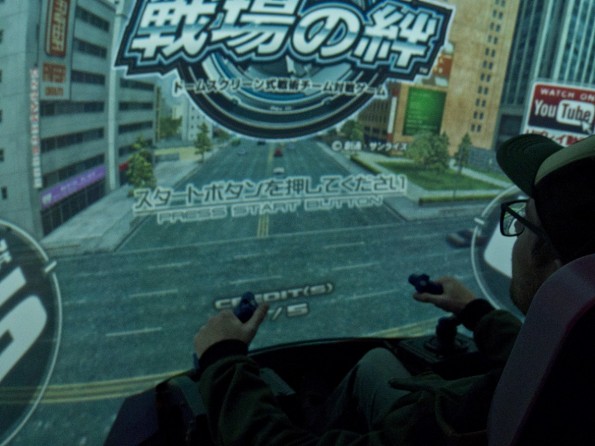
Oculus Rift
Palmer Luckey at CES in January 2014 in Las Vegas introduced a new prototype of Oculus Rift, it soon became clear that the project has made considerable progress technically. So the developers of VR glasses already gave instead of the LED previously used an OLED display with higher resolution. Progress has also been made of the speed in which build up graphics. This is particularly noticeable during rapid head movements are positive, because thanks to the better performance no longer blurs the image during fast movements.
With the help of a technology that goes by the name Positional tracking, Oculus Rift, the position of better determine the head. For registering a 3D camera mounted on the outside of the spectacle infrared diodes. Positional tracking in combination with the better performance of the solution to one of the biggest problems of virtual reality solutions could be: dizziness suffered by many users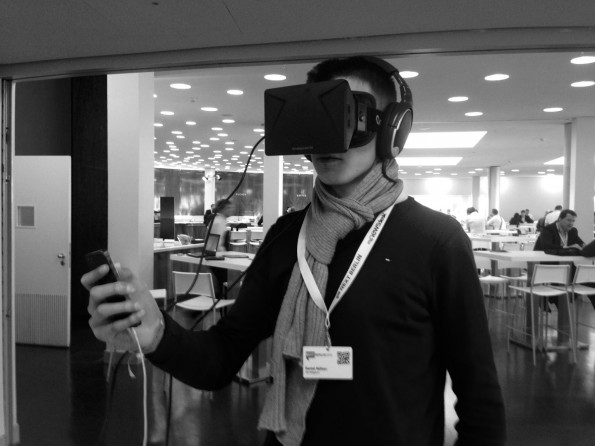
Leave the technological advances of the Oculus engineers hope that Virtual Reality this time could actually make the leap into the mass market, but also at V R: Software sells hardware. Meanwhile supports a significant number of developers Oculus Rift, so the VR solution can score well in this area. Among the best known developers and studios that program for Rift Oculus include, for example Valve, John Carmack (Doom) and the Minecraft creator Magnus Persson. Already, PC users can gamble some games such as Team Fortress 2 or Skyrim in virtual reality. Following the acquisition by Facebook even a rumor circulating that Oculus Rift could be the basis for the largest massive multiplayer game in the world and could implement the concept of virtual reality very literally.
Project Morpheus Sony
the Game Developers Conference (GDC) 2014 Sony introduced its own VR solution: Project Morpheus is intended to provide a 3D headset and also set on the PlayStation Move controller. Just recently, Sony announced on the Silicon Valley Virtual Reality Meetup that Project Morpheus is now so far advanced that the VR hardware works with the PlayStation 4 together. Morpheus has a 1080p display and a 90-degree field of view. Accelerometers and gyroscopes are also on board and the position is tracked with the help of the PlayStation Camera.
The Future of Virtual Reality
Especially the current projects Oculus Rift and Morpheus have the potential to make the virtual reality finally mass market. The fact that it primarily concerns products for the entertainment sector in the solutions, the target group is at least large enough for a successful market launch. Meanwhile, the technology is in contrast to recent VR boom in the mid-90s and so far that success is not unlikely. However, much will depend on the marketing and an attractive price.
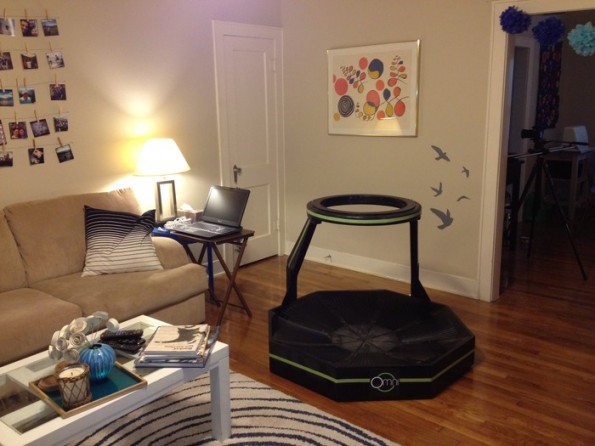
“Whether virtual reality asserts itself also depends on the software.”
Also should the need matching input devices not neglect, because it has a VR goggles as Oculus Rift on the eyes, one gets from its environment with nothing more. The disqualified traditional input devices such as mouse and keyboard – also controller of home consoles are only conditionally. Sony is here with the integration of PlayStation Move a clever way, but there also exist other input solutions. So Sixsense STEM has successfully financed, for example, the wireless modular motion tracker on Kickstarter. Was also successfully funded on Kickstarter Omni: The product of the company Virtuix is a kind of wheel cage that registers the steps of the institution of VR headsets and converts them into virtual reality in motion.
likely positive impact for STEM, Omni and Oculus Rift that all three projects are more or less openly. Since it is open developer platforms were provided for the development kits, it is not unlikely that the market launch various software will be available already. And without software, the hardware may still be technologically impressive – the success of virtual reality would fail again and VR enthusiasts have already vainly proclaimed the breakthrough of technology.
No comments:
Post a Comment